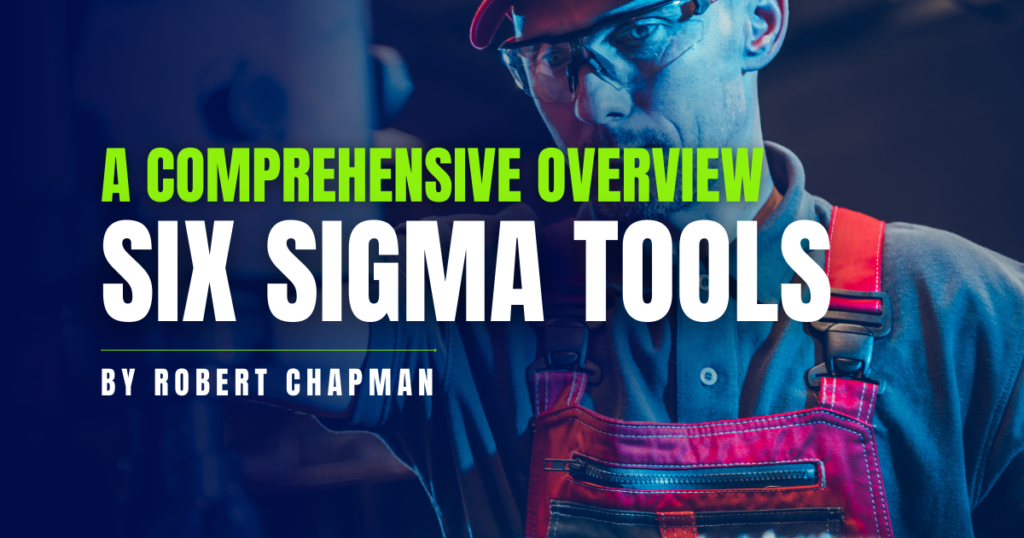Table of Contents
OEE (Overall Equipment Effectiveness) Calculator
Why Should You Care About OEE?
Let’s get straight to it.
82% of manufacturers don’t know their actual production efficiency.
(Source: Reliable Plant)
That’s not a small mistake — that’s like flying blind and hoping not to crash. Most factories think they’re doing fine because machines are running, lights are on, and orders are going out. But the truth? There’s a huge difference between being busy and being efficient.
Here’s the reality:
You can’t improve what you don’t measure.
And if you’re not measuring OEE, you’re guessing.
OEE is your no-BS, straight-talking scoreboard.
It tells you exactly how well your machines are working — not how they should work, not how much you wish they worked — how they actually perform.
If you care about waste, downtime, speed, quality, or your bottom line, you should care about OEE.
What is OEE (in Plain English)?
Let’s break it down without the jargon.
OEE stands for Overall Equipment Effectiveness.
It’s a simple number (0–100%) that tells you how good your machine is at doing its job.
Here’s the formula:
OEE = Availability × Performance × Quality
Sounds mathy, but here’s what it really means:
- Availability = Did the machine run when it was supposed to?
- If it sat idle, broke down, or wasn’t started on time — that’s a hit.
- Performance = Did it run as fast as it’s supposed to?
- If it slowed down or ran below its ideal speed — another hit.
- Quality = Did it make good parts?
- Scrap, rework, or defects? Those don’t count toward your score.
Imagine your machine was scheduled to run for 8 hours.
It ran for 6.5 hours → Availability problem
It ran slower than normal → Performance problem
Some parts were bad → Quality problem
You can’t hide behind uptime. OEE pulls the mask off and shows where your production is leaking value — second by second.
A Quick History of OEE
OEE didn’t just pop up out of nowhere. It was born in Japan in the 1960s as part of TPM – Total Productive Maintenance.
The guy behind it? Seiichi Nakajima, the father of TPM. He introduced OEE as a simple, practical way to measure how well equipment was being used on the shop floor — especially in high-volume, high-pressure production environments.
Toyota picked it up early and made it a core part of its lean manufacturing system. Today, OEE is used everywhere — from small machine shops to global giants like Unilever, Nestlé, and GE.
Why? Because it works. It’s simple, powerful, and brutally honest.
What’s a Good OEE Score?
Here’s where people get either motivated or mildly panicked:
- 100% OEE = Perfect production. No stops, no slowdowns, no defects.
(Almost no one gets here. Don’t bother chasing it.) - 85% OEE = World-class. Top-tier factories aim for this.
(Hard, but possible.) - 60% OEE = Industry average. Most factories are here — or think they are.
(Still leaves tons of room for improvement.) - 40% or less = You’ve got problems.
(Waste, downtime, bad parts — it’s all adding up fast.)
“You can’t manage what you don’t measure.” — Peter Drucker
OEE gives you the number. What you do with it is up to you.
Real-World Example (Easy Math)
Let’s make this real. Here’s how OEE works on a typical day:
Machine scheduled to run for 8 hours.
- It was down for 1 hour →
Availability = 7 ÷ 8 = 87.5% - It ran 20% slower than it should have →
Performance = 80% - 10% of parts were defective →
Quality = 90%
Now multiply:
OEE = 87.5% × 80% × 90% = 63%
That’s your OEE: 63%
Which means: out of 8 hours, only about 5 hours were actually productive.
The rest? Gone. Lost to delays, slowdowns, and defects.
That’s why OEE matters.
Lean Management | Certification Course
Udemy prices may vary depending on applied coupons and promotional events.
- 🧑🏫 61 lectures
- ⌚ 3h 51m total length
- 🗃️ 13 downloadable resource
- 📜 Certificate of completion
- 👩🎓 12,657 students
- ⭐ 4.7 rating by 511 students
Why Most Companies Get It Wrong
Tracking OEE sounds simple — and it is — but most companies still screw it up. Here’s why:
- They only track downtime.
Big mistake. OEE isn’t just about whether a machine is running — it’s about how well it’s running. - They ignore small stops and slowdowns.
A few seconds here, a few minutes there — it adds up. Fast. - They don’t separate planned vs unplanned time.
Lunch breaks and scheduled maintenance aren’t losses. Confuse the two, and your numbers lie. - They celebrate high uptime but ignore waste and defects.
Just because a machine is busy doesn’t mean it’s productive.
Busy ≠ effective.
Bottom line: If you want real insight, you need all three OEE factors — availability, performance, and quality — not just the easy one.
How to Use OEE (Without Getting Bored or Lost)
You don’t need fancy tech or a Six Sigma black belt to get started. Do this:
Step 1: Start small.
Pick one machine. Just one.
Step 2: Track three things.
- Downtime
- Cycle time
- Defects
Step 3: Use a simple tool.
Excel works. Google Sheets works. You don’t need a data scientist.
Step 4: Focus on one big loss.
Find the biggest leak in your process and plug it first.
Step 5: Improve. Repeat. Celebrate.
Small wins matter. Fix one issue, move to the next. Momentum builds fast.
Tools and Tech to Help You
Here’s what you can use based on your budget and setup:
- Free
- Excel
- Google Sheets
- Manual tracking boards
- Low-cost
- SensrTrx
- Vorne
- OEE Coach
- Enterprise-level
- Siemens
- GE Digital
- Rockwell Automation
Pro tip:
No tool can fix bad habits or unclear processes.
Start with mindset. Get your people on board. Then bring in the tech.
Common OEE Mistakes to Avoid
OEE is simple — but easy to mess up. Here are the biggest traps to dodge:
- Chasing 100%.
Perfect OEE is a myth. Aim for progress, not perfection. Don’t waste time chasing unicorns. - Ignoring human errors.
Operators, maintenance teams, even supervisors — people make mistakes. If you’re only blaming machines, you’re missing half the story. - Not involving operators.
They’re the ones on the floor. If you want accurate data and real change, get them involved from day one. - Confusing busy with productive.
A machine that’s running all day can still be losing money. OEE cuts through the noise and shows the truth.
Final Takeaway
Think of OEE as a flashlight in your factory.
It doesn’t fix anything.
It doesn’t replace your people.
It won’t do the work for you.
But it does show you where you’re bleeding time, money, and quality.
Track it. Use it. Don’t worship it.
Fix one issue at a time. Stay consistent. Keep it real.
That’s how you win with OEE.












